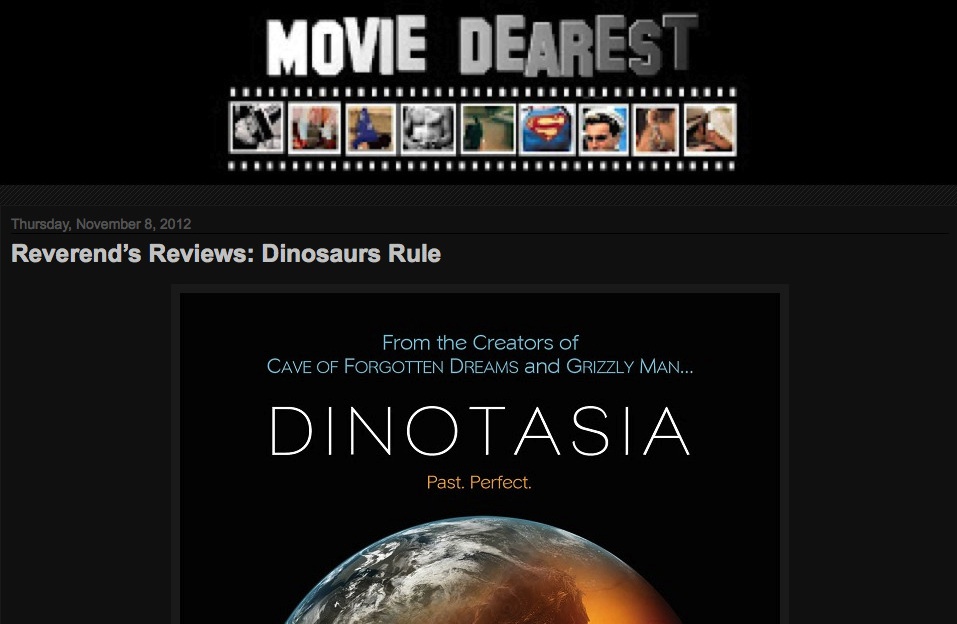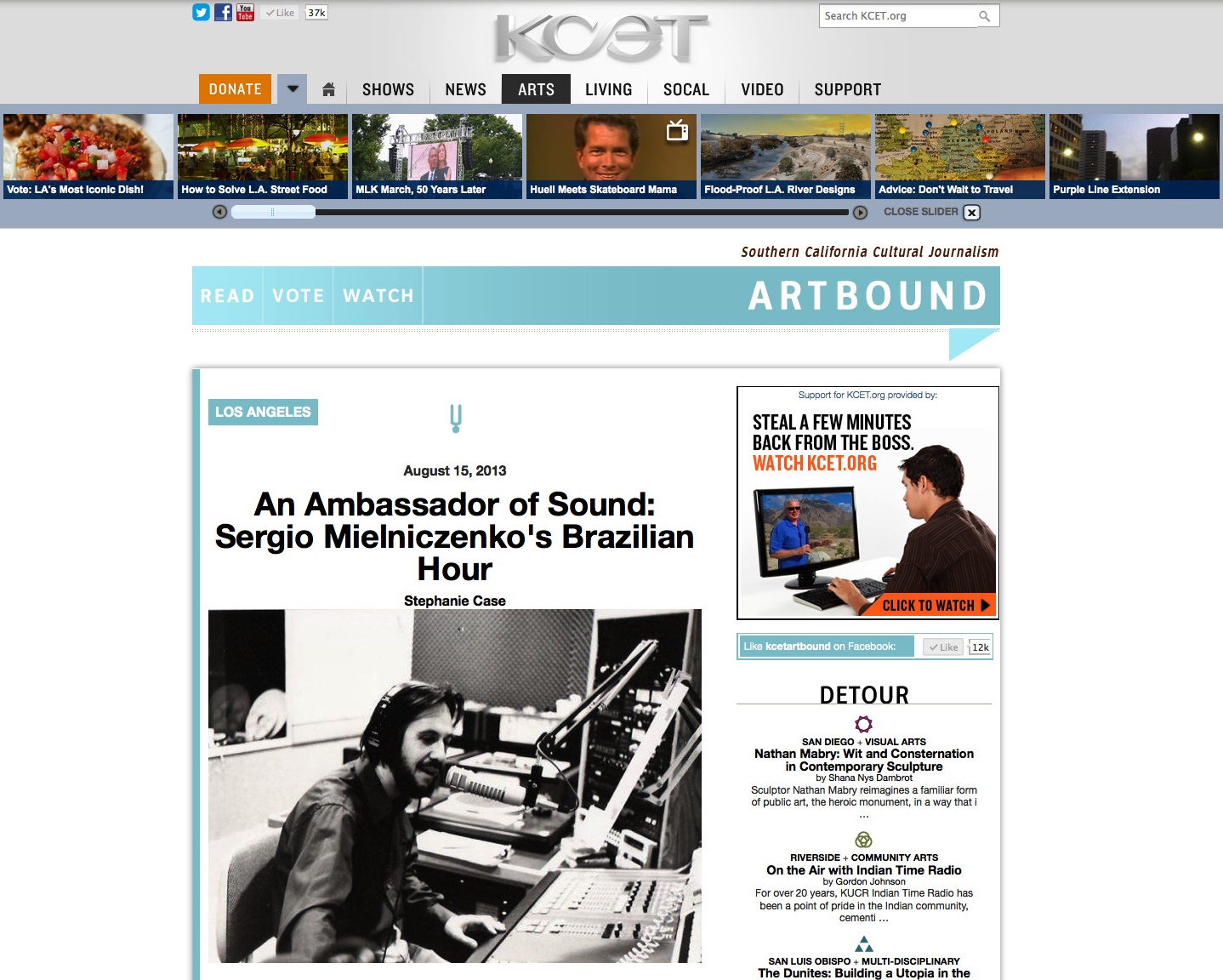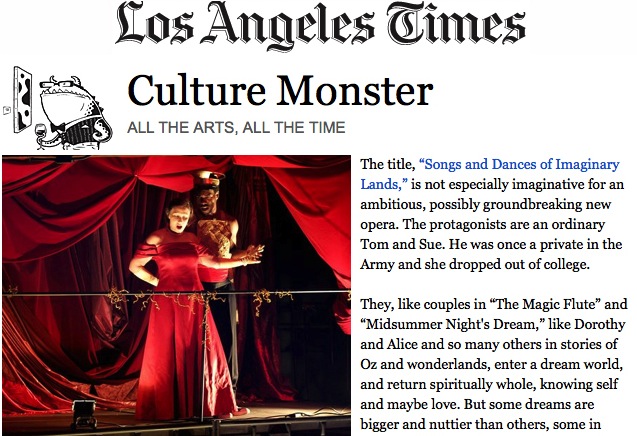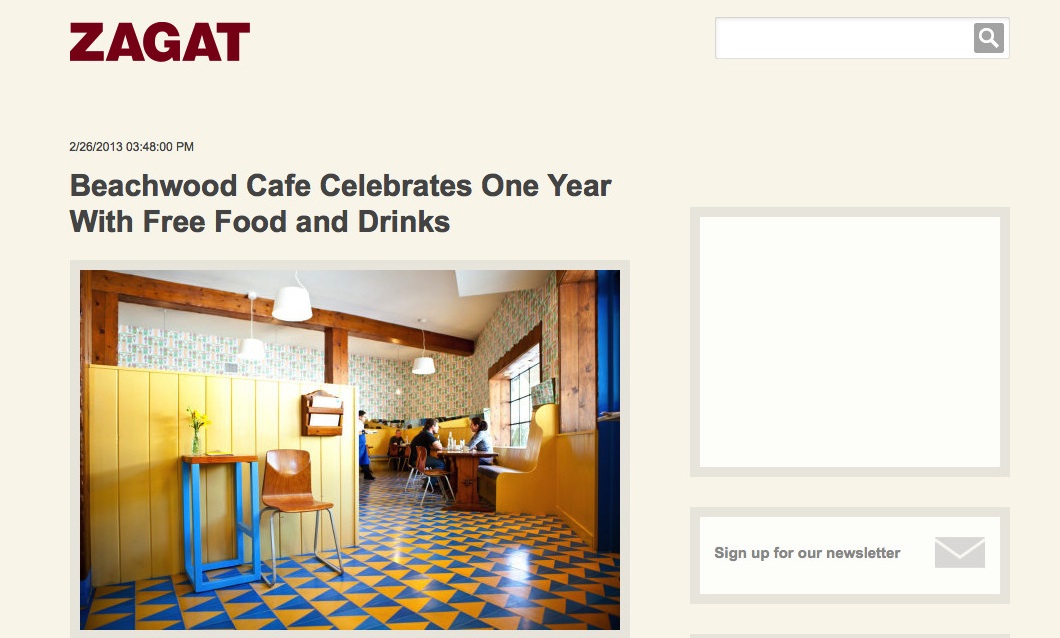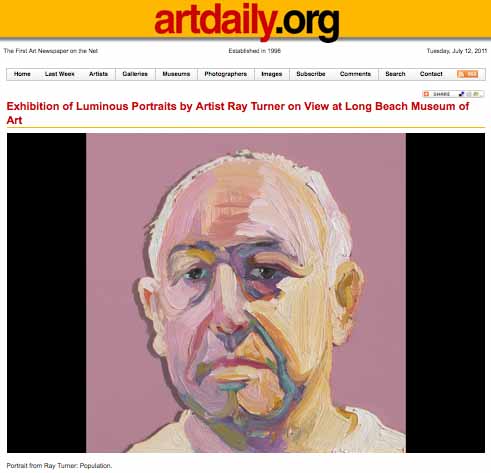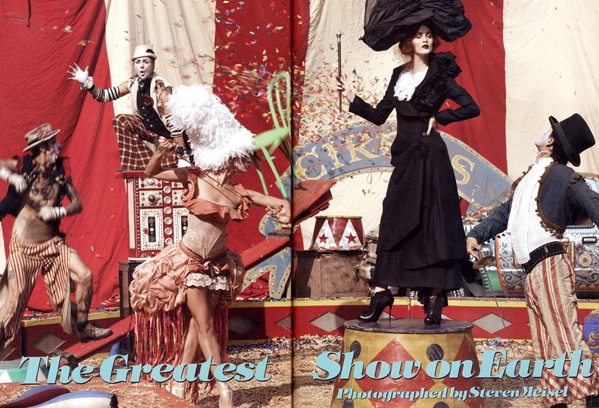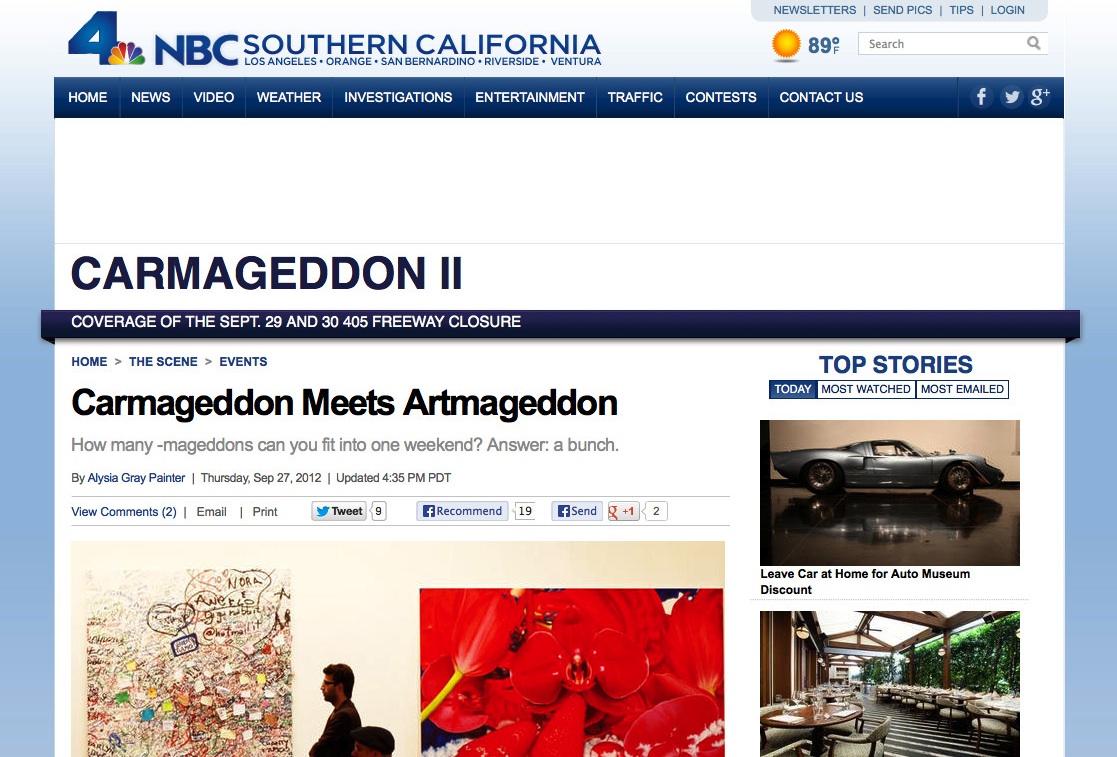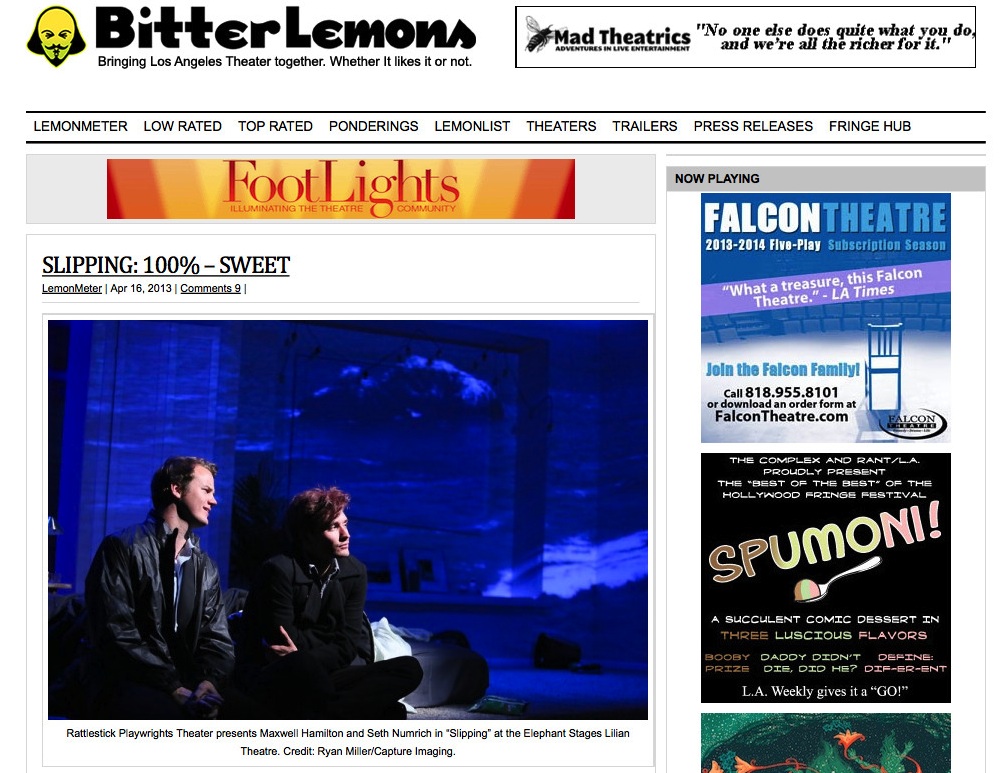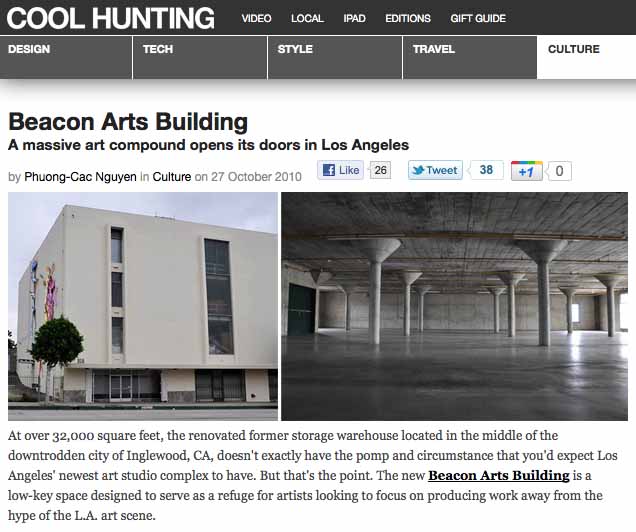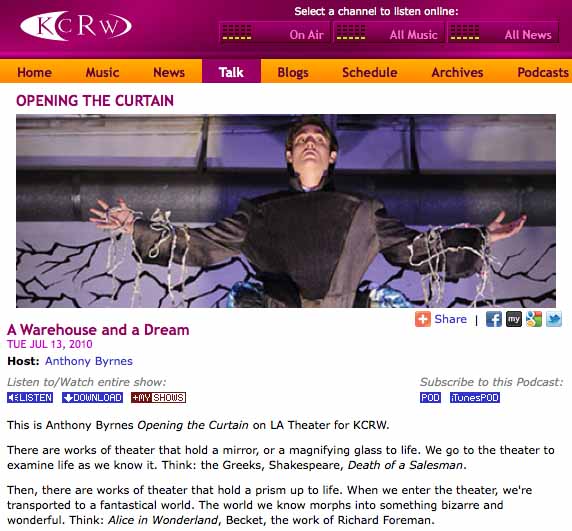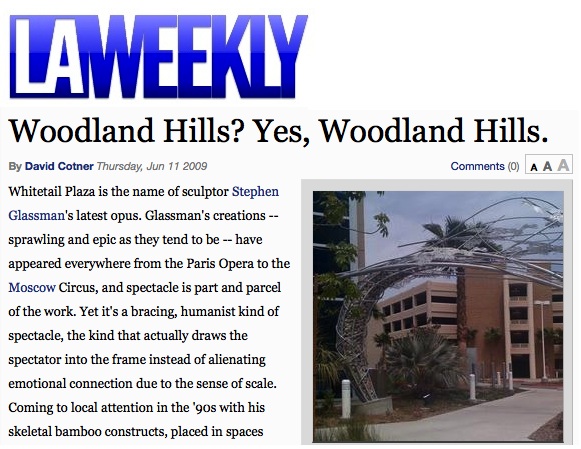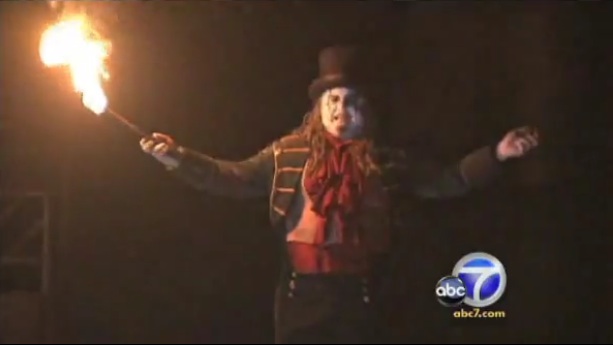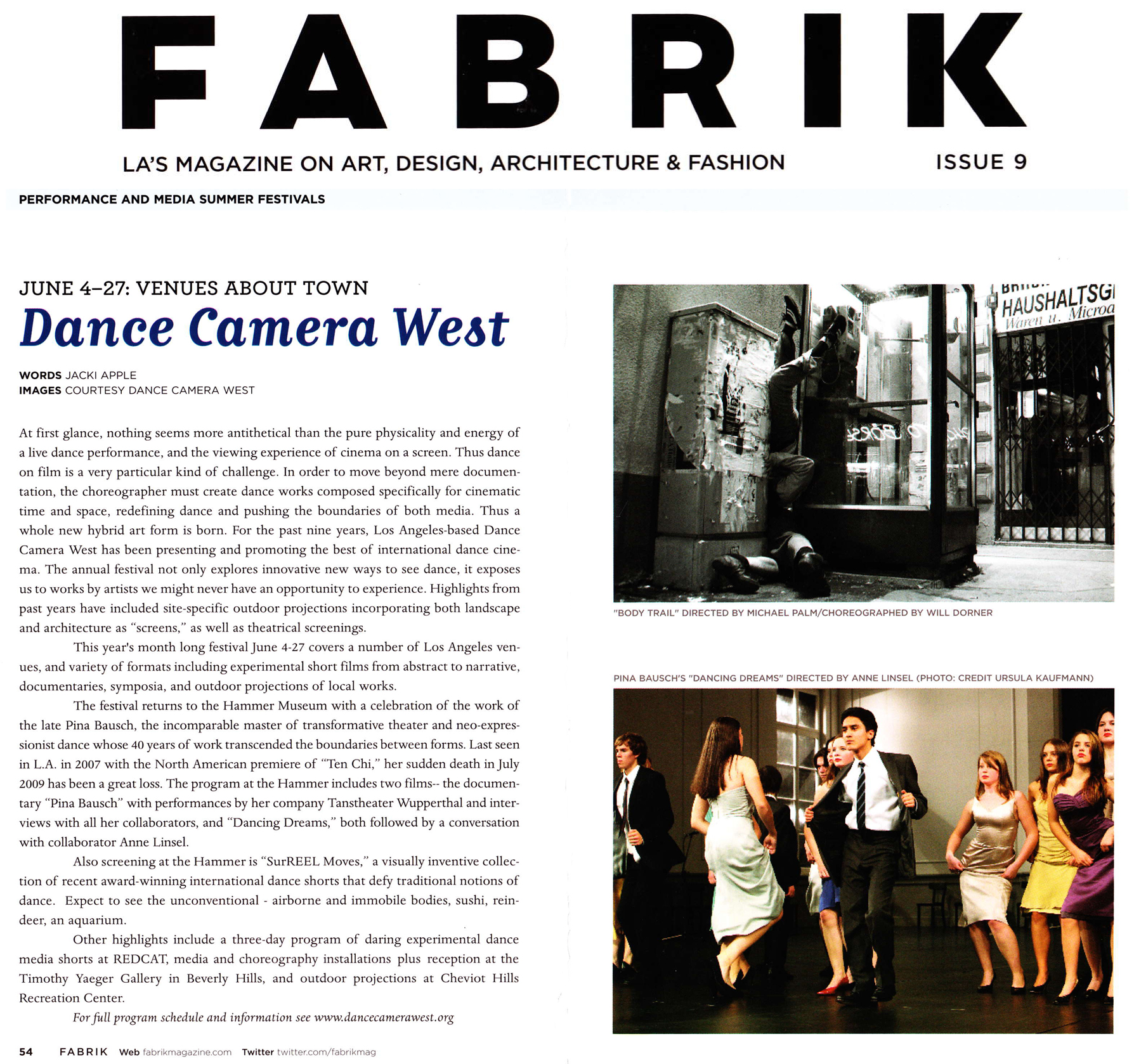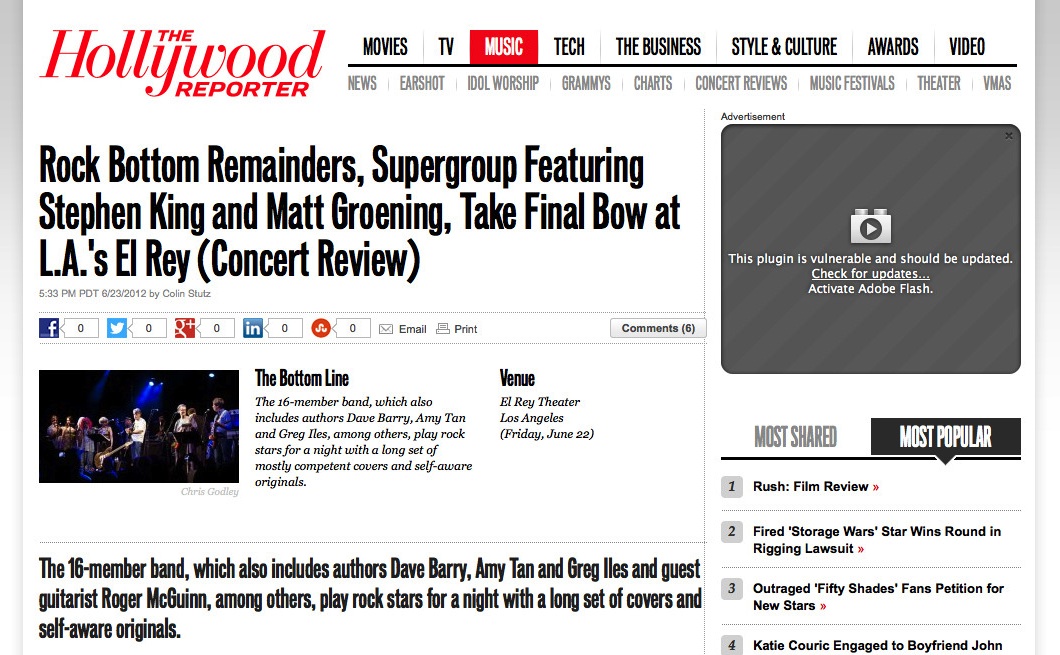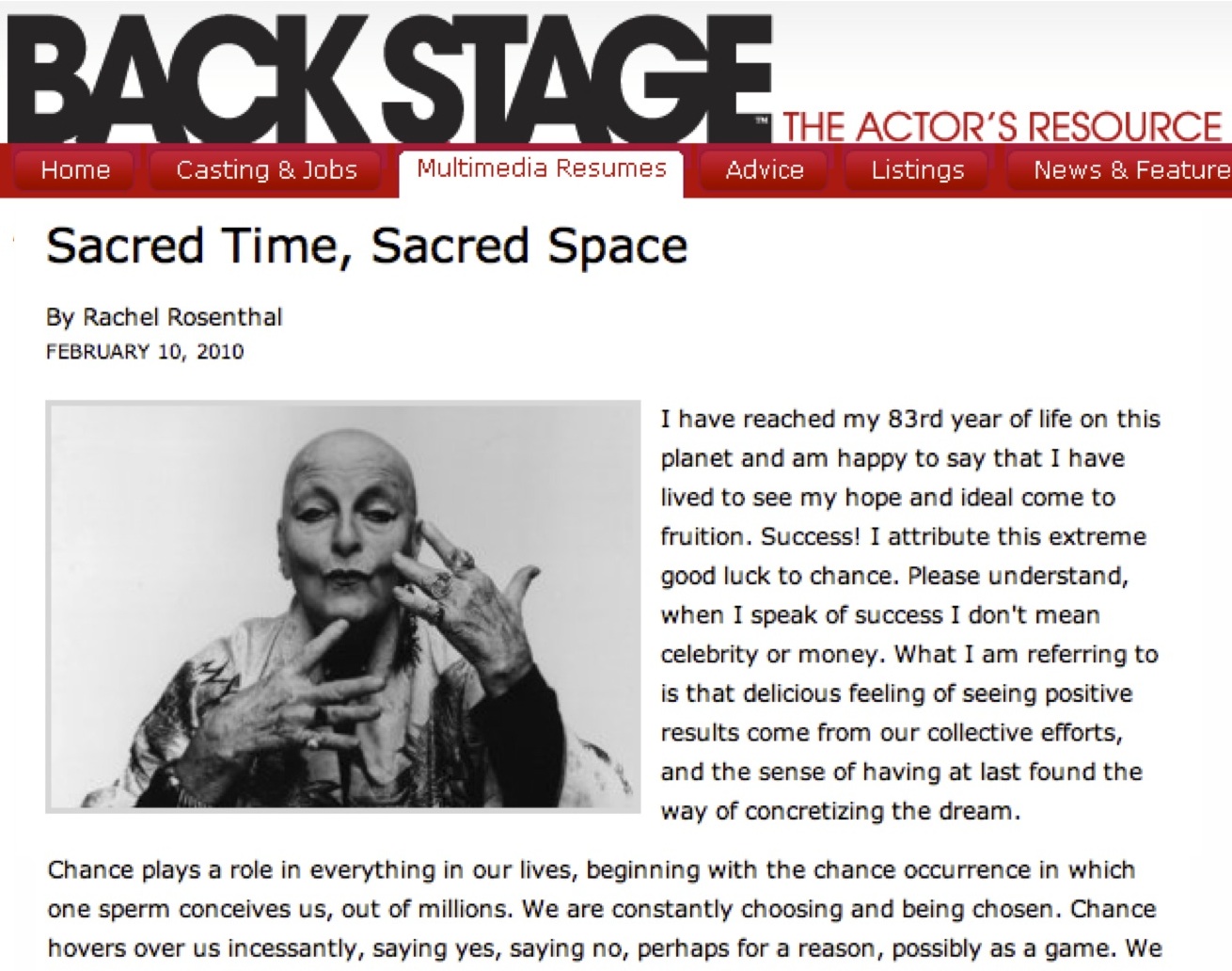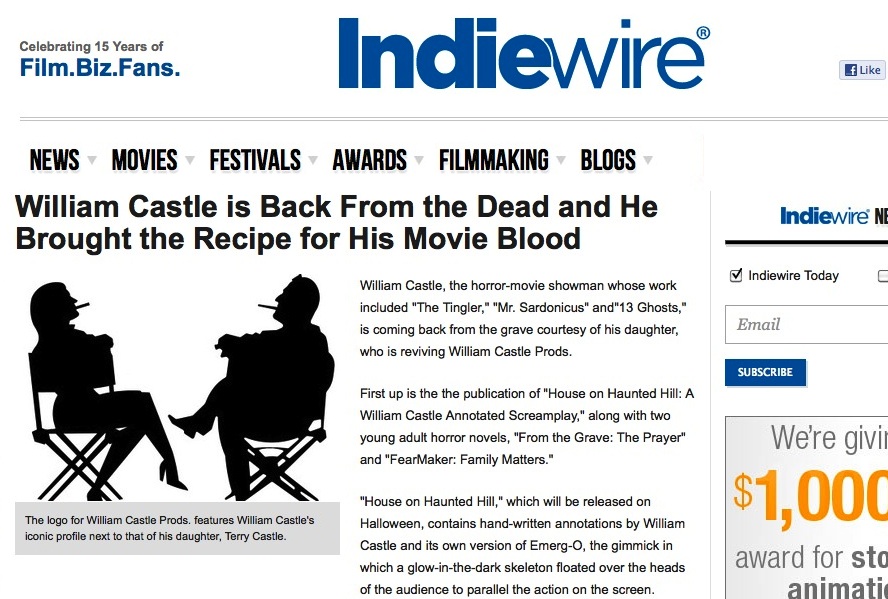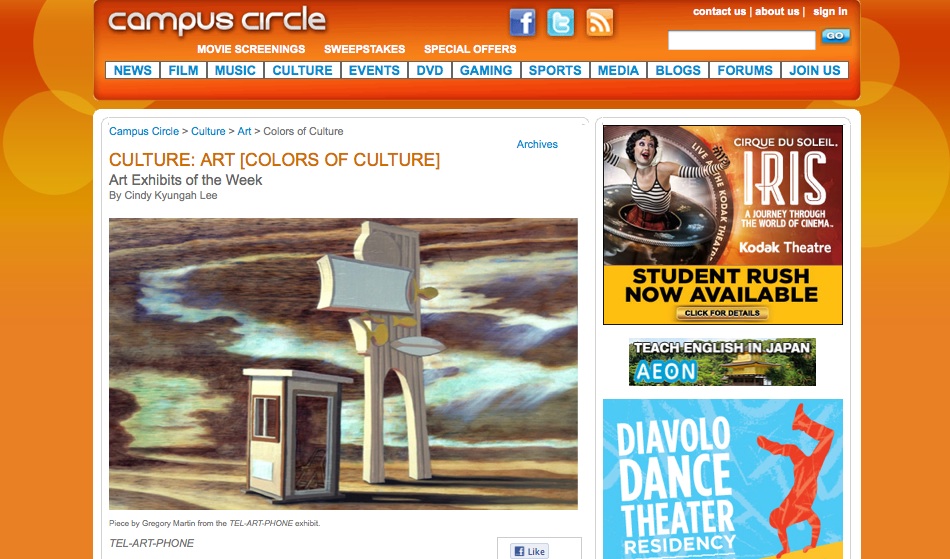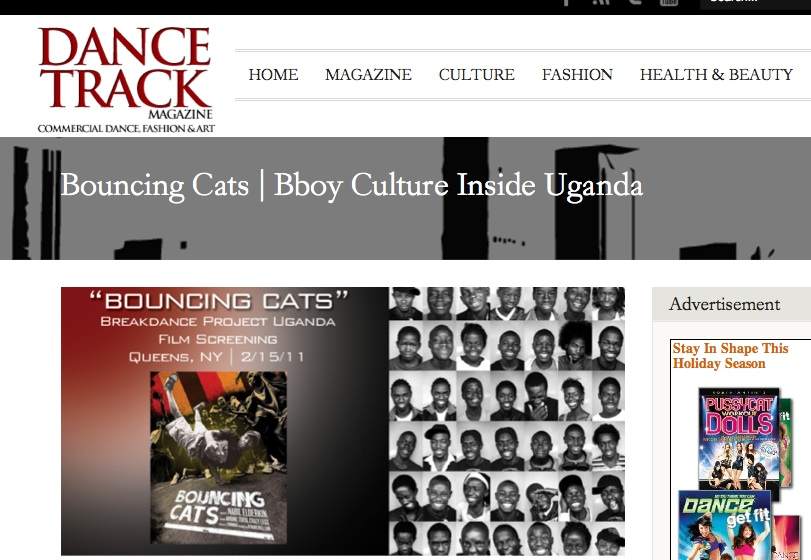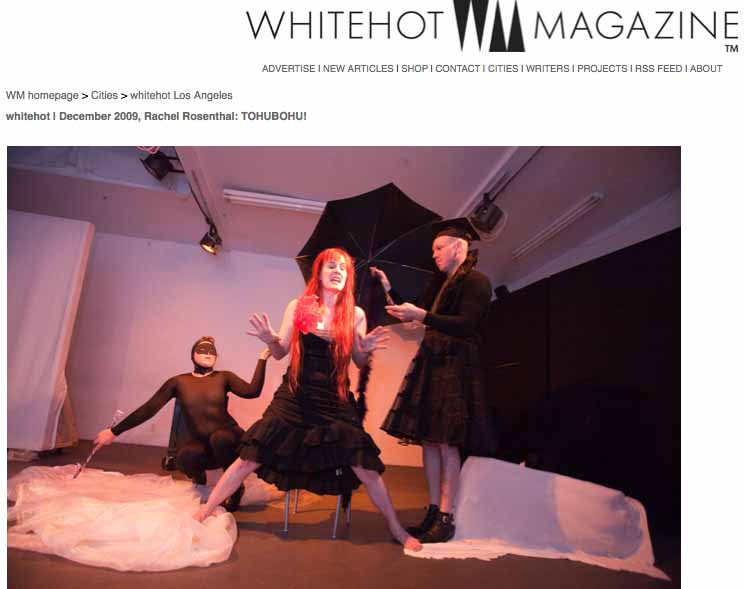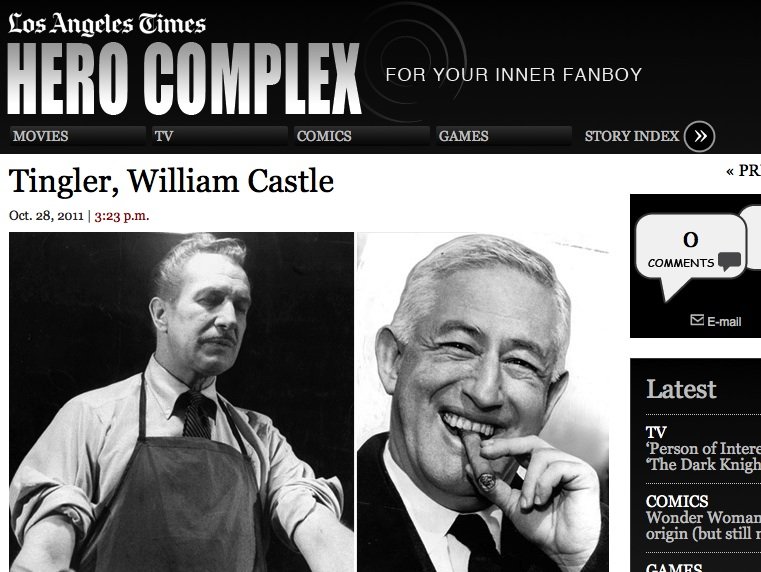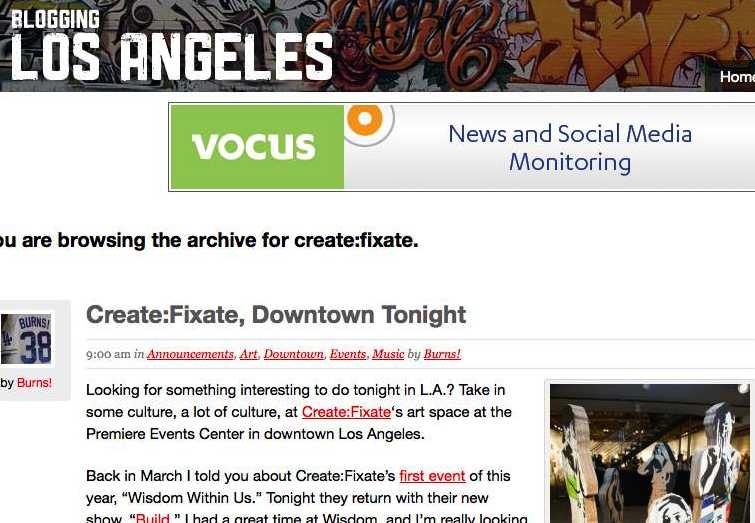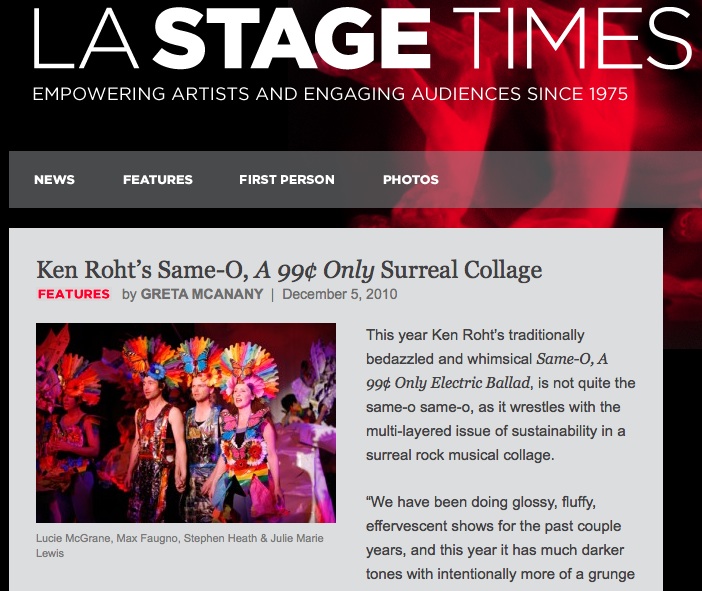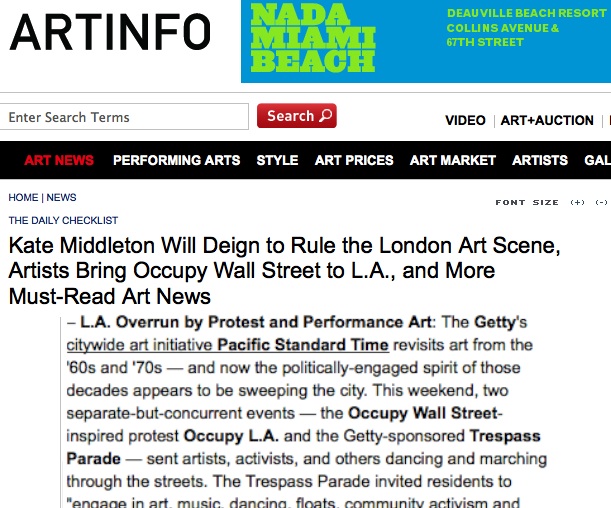-
Who’s Hungry – Santa Monica
BackgrounderTelling stories from the lives of five food-insecure residents of Santa Monica, CA
in the medium of experimental puppetry501 (see three) ARTS and Highways Performance Space present Who’s Hungry – Santa Monica, part of an ongoing series of experimental tabletop puppet plays that give a voice and face to hunger, with four performances on Fridays and Saturdays from January 27 to February 4, 2012. The plays, produced and written by Dan Froot, designed and directed by Dan Hurlin, with music by Amy Denio (a Meet The Composer commission), aim to raise awareness of the lives of those of us who, on a daily basis, must choose between life’s basic necessities – food or rent, food or medicine, food or bus fare. The upcoming production weaves together the stories of five homeless and/or hungry residents of Santa Monica, California, incorporating puppetry, dance, music, and text. Nightly shows start at 8:30pm. General admission tickets are $20, students and seniors are $15. Highways Performance Space at the 18th Street Arts Center is located at 1651 18th Street, Santa Monica, CA 90404 (310-315-1459; http://highwaysperformance.org).
Who’s Hungry – Santa Monica Synopsis –
In Who’s Hungry – Santa Monica, the performers serve the audience a visual and narrative feast. The 90-minute puppet theater adaptation tells the oral histories of five very different homeless and/or food-insecure Santa Monicans, through five 15- to 20-minute segments, woven together much as a chef weaves a succession of flavors into a cohesive multi-course meal. Who’s Hungry is the brainchild of award-winning playwright, composer, choreographer and performer Dan Froot, an associate professor in UCLA’s Department of World Arts and Cultures / Dance. Working in close collaboration with Froot is Dan Hurlin, a nationally acclaimed puppet artist who is designing and constructing the objects and sets, as well as directing.Overall, the project incorporates a range of puppetry styles in order to give each of the five stories its own aesthetic treatment. Presented on a specially built 24-foot dinner table, the audience views the action from one side, as if they are banquet guests. Incorporated into the evening are Delft china, Matchbox cars, televisions, rod puppets, as well as puppets inspired by Japanese Bunraku, and much more.
Joining the audience at the table are:
• Angel – who tumbled into homelessness after a prominent career as an interior designer.
Her story literally sets the scene for the evening, as puppeteers enact an intricate, energetic dance, laying out eight settings of tableware painted blue and white in the delicate style of Delft china. This is followed by the choreographed manipulation of dozens of other Delft objects: a sandwich opens to become a laptop computer, a tree emerges from a trap door in the table, a Range Rover drives from plate to plate, pursued by a tow truck. Meanwhile, a barrage of recorded voices gossip about Angel’s gradual rise to prominence as an interior designer and her precipitous tumble into homelessness. Her story is characterized by direct object manipulation and a kinetic whorl of movement set to Amy Denio’s percussive score. Angel’s story finds the physically agile puppeteers zipping around, under, on top of the 24-foot table, and through its trap doors.• Sharon – a caseworker for an addiction recovery agency and recovering heroin addict herself.
Her story zeros in on her 20-yard walk across the parking lot from a courthouse to a van that will take her to an 18-month lock-down rehab program (“the longest walk I ever took”). It is performed by three fully visible puppeteers operating a 36-inch high Bunraku-style figure. The character’s inner monologue is spoken live – the production’s own version of a Tayu, the traditional narrator in Japanese Bunraku puppet theater. It details a suspended moment of dizzying terror and rage as the character faces the painful abyss of life without mind-numbing drugs. There are no other puppets or set pieces in this Beckett-inspired void, allowing the audience’s focus to rest on the puppeteers’ subtle manipulation of the figure.• Chris – an original member of the notorious 1970s surfing/skateboarding crew known as the Z-Boys .
Shunning the fame and fortune sought by his compatriots, Chris lived a spartan life, surfing the world in search of the perfect wave. His near-death confrontation with relentless 20-foot Hawaiian waves while night-surfing is portrayed by two-dimensional rod-puppet surfer against an undulating toy theater-style wave machine. The simple narrative is played out visually. Far out on an ocean reef, the character loses his board in the pounding surf and exhausts himself to the point of hallucination as he swims in circles for hours trying to find it. Instead of sea creatures, the water is alive with liquor bottles, electric guitars, skateboards, and other icons that have defined him. The text is a defiant paean to independence and self-reliance, embedded in a suite of Denio’s original punk songs.• Mike – who endured an eviction from subsidized housing while undergoing a dire health crisis .
Mike’s lighthearted optimism is challenged by a corrupt housing system. His story tells of a social services caseworker who engineers Mike’s eviction from government subsidized housing as Mike endures a dire health crisis. The creators employ an ironic telling of Mike’s story – a 1950s-style sitcom depicted by shadow puppetry. Think: a cross between The Dick Van Dyke Show and Eraserhead. Two full-scale rabbit-eared TV consoles (pink!) are lowered onto the table. Their screens are made of rear-projection material, and use overhead projectors as light sources. Black-and-white room interiors are projected as “sets” behind Hurlin’s laser-cut shadow puppets. Two puppeteers operate the puppets underneath each TV set. The punchy, fast-paced script is voiced by the puppeteers on a recording, complete with canned laughter. The live musicians play the show’s theme song and transition music between scenes.• Chanel – who headed to New York City when the World Trade Center towers collapsed, feeling the need to run down the street in fear with her fellow New Yorkers.
Chanel, born and bred in Brooklyn, is living in Atlanta GA when she hears news reports of the World Trade Center towers collapsing. She feels it is her place to be “running down the street in fear” with her fellow New Yorkers. Chanel hops into her car and barrels north on the interstate, thus beginning her desperate odyssey. The table is transformed into a variety of landscapes in several different scales, navigated by a white car (in matching scale). With her radio broken and only one CD to listen to on the 12-hour ride, Chanel has a conversation in her mind with her brother, who lives in Brooklyn. She hasn’t heard from her brother since the day started, and her concern prompts her to retell a traumatic childhood story about she and her brother being chased through the woods after a fist fight with a group of racist kids. Invisible inlaid magnets propel the car through spooky pine barrens while a voice narrates a scene of racist violence in the woods behind a reform school. In another scene, a long conveyer belt moves the road faster and faster beneath the car, as the character’s psyche, and the vehicle itself, begin to fall to pieces.The production will feature four puppeteers and three musicians. The highly collaborative cast, performers with rich puppetry, dance, and acting backgrounds, includes Zachary Tolchinsky, Rachael Lincoln, Sheetal Gandhi, and Darius Mannino. Original scores have been commissioned from the award-winning Seattle-based composer and multi-instrumentalist Amy Denio, to be performed live. Denio’s work merges jazz, experimental folk, ska, and funk with a range of instruments including, but not limited to, many that are in scale with the puppetry such as toy pianos, ukuleles, and bongos. Denio will lead a small ensemble, choreographed and staged in the space to interact with the puppeteers and the puppets/objects themselves. Collaborating with Denio in the ensemble are musicians Mike Flanagan and Daniel Corral.
Who’s Hungry – West Hollywood (2008) –
The inaugural set of Who’s Hungry puppet plays, created by Froot and Hurlin, premiered in West Hollywood in 2008 with three hungry and homeless narrators from that area. The first installment of Who’s Hungry consisted of three short “toy theater” plays that premiered at The Great Hall in West Hollywood’s Plummer Park, and has since been presented at the Flynn Center for the Performing Arts (Burlington, VT) and Great Small Works’ 9th International Toy Theater Festival at St. Ann’s Warehouse (Brooklyn, NY). Toy theater is a miniaturized form of puppet theater performed on tabletop-sized stages. Excerpts from the 2008 Who’s Hungry – West Hollywood triptych, which includes “What the Fireman Said,” “Dawn by Me,” and “Eight Days Without a Dog,” can be viewed in streaming video at http://vimeo.com/album/167845.The new Santa Monica installment in the series takes the experimental strategy of the project to a new level, primarily by inviting the local community narrators into the heart of the creative team. These narrators have collaborated with Hurlin and Froot throughout the process – from story adaptation through construction, rehearsal and performance.
Who’s Hungry Artist’s Statement –
I believe that bringing diverse groups of people together to listen to each other’s stories is an end in itself. Life stories have the power to dispel fear, challenge one’s values, and inspire compassion. There is urgency in the impulse to tell these particular stories, considering that one out of every 30 Santa Monicans is homeless on any given day, and that many more are food-insecure. “Food insecurity” is defined in a report by the National Research Council as existing “whenever the availability of nutritionally adequate and safe foods or the ability to acquire acceptable foods in socially acceptable ways is limited or uncertain.” Even at its most local, food insecurity is the nexus of so many systematic social predicaments: healthcare, education, unemployment, trade policies, the housing market and so much more. I want to stop seeing hunger as an issue, and begin understanding, from the perspective of the street, forces that come between the world’s abundance and so many of the people around me.I also believe that the way a story is told is as important as the story itself. My collaborators and I want our work to be judged as much for its artistic achievement as for its social impact. Our intent is to bear witness to our neighbors’ otherwise untold stories, rather than to compose broad statements about “hunger in America.”
Everything about this project is small: these are local narratives, embodied in small-scale handcrafted worlds. Skilled puppeteers animate handheld objects; a band of three musicians sets the tone for each play. Our audiences too will be small: each performance will accommodate a maximum of 90 people. This intimate gathering of economically diverse audiences from neighborhoods surrounding the show’s venues is one of the project’s main purposes. Foregoing the anonymity of larger groups, our audiences will huddle together for optimal viewing of the miniature objects. Immediately afterward they will be invited to participate in facilitated discussions between the artists and community narrators, as well as representatives from local social service agencies, and fellow audience members.
– Dan Froot, Who’s Hungry Producer/Playwright
Key Terms:
Object Theater –
Object Theater, a sub-category of puppetry, is a performance style that utilizes the animation of objects – found and/or constructed – for theatrical effect. A theater of objects goes beyond merely “containing objects” – practitioners of the genre employ the rich functional and symbolic values inherent in objects as potent tools for the theater. Froot felt that combing puppets with the materiality of Object Theater – bridging theater, visual art and puppetry – was the perfect way to tell these stories for, among other things, the intimate environment and endless creative potential to create a vast range of sensibilities from intense depth to whimsy, from realism to poetry.Food Insecurity –
The USDA classifies those who at times go hungry because they cannot afford enough food as having “very low food security.” According to the USDA, around one in six Americans had a hard time putting food on the table at some point last year. That’s roughly 49 million people (14.5% of the population). This figure is virtually unchanged from the previous year.“To clarify, though, we’re not making a statement about world hunger, or even about hunger in the U.S. per se,” says Froot, “The project is more about who is going through your recycling bins… we want to help them tell their stories.”

left-to-right: Dan Froot (producer/playwright), Amy Denio (composer) and Dan Hurlin (designer/director) Photo credit: Jeff Woodward
Creative Team:
Dan Froot, Producer / Playwright –
Dan Froot’s work has toured internationally since 1983. Awards include a Bessie (New York Dance & Performance Award) and a City of Los Angeles Artist Fellowship. He has worked with Yoshiko Chuma, Ping Chong, David Dorfman, Mabou Mines, Ralph Lemon, and Victoria Marks, among others. He teaches at UCLA’s Department of World Arts and Cultures / Dance.Dan Hurlin, Designer / Director –
Dan Hurlin received a United States Artists Fellowship, two Obie awards, a 2001 Bessie, and a 2004 Alpert Award. His puppet theater work tours internationally. He has performed with Ping Chong, Janie Geiser, and Jeffrey M. Jones, and directed works by Lisa Kron, Holly Hughes, and John C. Russell among others. Hurlin currently teaches dance and puppetry at Sarah Lawrence College.Amy Denio, Composer –
Amy Denio is a multi-instrumentalist composer and singer based in Seattle, WA. Her music has been heard at Carnegie Hall, the Brooklyn Academy of Music, Seattle Opera House, Detroit Institute of Art, and the Venice Biennale, among many other venues. She tours as a soloist as well as with her projects, the Tiptons Sax Quartet and Kultur Shock.Cast:
Rachael Lincoln –
Dancer and choreographer Rachael Lincoln has performed with Jo Kreiter Flyaway Productions, Kathleen Hermesdorf, Kim Epifano, Scoot Wells and Dancers, The Liz Lerman Dance Exchange, Jess Curtis, wee dance, The Joe Goode Performance Group, and Project Bandaloop. Her work has been presented at Sophiensaele Theater (Berlin), Theater Artaud (San Francisco), Middlebury College, UCLA, The San Francisco International Dance Festival, The Dublin Fringe Festival, The Bytom Dance Festival (Poland), and The Indonesian Dance Festival (Jakarta). She also teaches classes and workshops in modern technique and improvisation.Sheetal Gandhi –
Sheetal Gandhi is perhaps best known for her work in Cirque du Soleil’s Dralion (Oceane/principal dancer, original creator of the role). She also appeared in Andrew Lloyd Webber’s Bombay Dreams on Broadway, as well as in regional theater, commercials, and numerous dance productions. The dancer and choreographer not only incorporates elements of traditional Indian dance into pieces she creates for California Contemporary Dancers, but also weaves in global culture. She also teaches modern and West African dance technique.Darius Mannino –
Darius Mannino is an actor, puppeteer, and director dedicated to the creation of new, original, ensemble-driven theatrical works. Performance credits include trembler.SHIFTER (REDCAT); Disfarmer (St. Ann’s Warehouse, NY; MASS MoCA and Institute for Contemporary Art, MA); Oh My Tiger and Ocean Flight (Highways Performance Space); Circle Course (REDCAT and Kathmandu International Theatre Festival, Nepal); Mycenaean (BAM Next Wave Festival, NY); Invisible Glass (REDCAT); Moby Dick and Short Stories (Perseverance Theatre, AK). Recent directing credits include distancedisplacement (Ishyo Arts Center, Rwanda). Mannino received an MFA from California Institute of the Arts (CalArts).Zachary Tolchinsky –
Zachariah Tolchinsky is a recent graduate of the Royal Scottish Academy of Music and Drama. His credits include: Crime and Punishment (Vgik International Theatre Festival) and Richard III (Essen, Germany). As a puppeteer, he has worked in Scotland and in the US. Credits include: Cut the Strings (Barclays Bank) and The Last Rights of Baron Von Zirner (Princeton University). Tolchinsky is originally from Phoenix, AZ.Ensemble:
Daniel Corral –
Composer and multi-instrumentalist Daniel Corral has accompanied avant-garde puppetry across the USA, had his music performed by an orchestra riding the Santa Monica Pier Ferris Wheel, been featured at a USC faculty concert of original player piano music, displayed his multi-movement music boxes at galleries in Los Angeles, and composed for films and dance performances. He also composes, arranges and plays for Timur and the Dime Museum and collaborated with designer Caitlin Lainoff on a puppet opera for The Dime Museum. He recently founded Free Reed Conspiracy.Mike Flanagan –
Multi-instrumentalist, songwriter, and SoCal native Mike Flanagan has played venues including the Walt Disney Concert Hall (for Glenn Branca’s Hallucination City), the Los Angeles Zoo, the Autry (with traditional Irish pub band Paddy’s Pig), Royce Hall (bard for The Yes Men), and the House of Blues (fronting rock band Willoughby). Flanagan composed and was the musical director for the ‘80s musical The Next Big Thing and has written music for film and television. He toured the world with Giant Ant Farm, teaches guitar and mandolin, and missed his annual haircut last year. He also plays in Nellie Bly and the children’s folk band the Hollow Trees.501 (see three) ARTS –
Who’s Hungry is a project of 501 (see three) ARTS, an independent artist-run non-profit corporation supporting the creation and production of original dance, music, theater and interdisciplinary performance works by its members. The company is dedicated to redefining the role of the performing arts, artists and audiences in a globalized world through innovative approaches to artistic production. 501 (see three) ARTS’ community partners are Hunger Action Los Angeles, OPCC and SaMoShel.Highway’s Performance Space –
Highways Performance Space is Southern California’s boldest center for new performance. Now in its 23rd year, Highways continues to be an important alternative cultural center in Los Angeles that encourages fierce new artists from diverse communities to develop and present innovative works. Recently described by the Los Angeles Times as “a hub of experimental theater, dance, solo drama, and other multimedia performance,” Highways promotes the development of contemporary socially involved artists and art forms.Vermont Performance Lab –
In July 2011, Vermont Performance Lab hosted Froot, Hurlin, and Denio for a two-week residency to develop Who’s Hungry – Santa Monica to rehearse the plays, construct the puppet theaters, record the musical score, and share the work in process with local audiences. The artists worked at the recording studios of Guilford Sound and the hall of the Broad Brook Grange where they rehearsed and held workshop performances of Who’s Hungry – Santa Monica on a 24-foot long dining table for audiences of 30-35 people.Supporters –
Who’s Hungry – Santa Monica was commissioned in part by Vermont Performance Lab and was developed in part during a creative residency at Vermont Performance Lab. The project is supported in part by awards from the National Endowment for the Arts Challenge America Program; Los Angeles County Arts Commission; UCLA Center for Community Partnership; Southwest Oral History Association; The MAP Fund; a program of Creative Capital supported by the Doris Duke Charitable Foundation and the Rockefeller Foundation; The Jim Henson Foundation; a Performance Practice and Research grant from the University of California Institute for Research in the Arts; and a grant from Meet The Composer’s New Music USA’s MetLife Creative Connections program, leadership support for which is generously provided by MetLife Foundation. Additional support is provided by ASCAP, BMI Foundation, Inc., Aaron Copland Fund for Music, Inc., The William & Flora Hewlett Foundation, Jerome Foundation, mediaThefoundation, New York City Department of Cultural Affairs, New York State Council on the Arts, Pennsylvania Council on the Arts, The Rodgers & Hammerstein Foundation and the Virgil Thomson Foundation, Ltd. The score is commissioned through Meet The Composer’s Commissioning Music/USA program, which is made possible by generous support from the Mary Flagler Cary Charitable Trust, the Ford Foundation, the Francis Goelet Charitable Lead Trusts, New York City Department of Cultural Affairs, New York State Council on the Arts, the William and Flora Hewlett Foundation, and the Helen F. Whitaker Fund.Quotes:
“This project is about people’s lives – people who, at times, happen to go without food. They have some truly beautiful, moving and hilarious stories that might otherwise go untold.” – Dan Froot, Who’s Hungry Producer / Playwright
“This is not didactic victim art, some sort of pity party — It’s not about feeling sorry for anybody – each of these people is sharing their unique oral history with us, their lives – with dignity and a fair amount of humor.” – Dan Froot, Who’s Hungry Producer / Playwright
“This form of puppet theater creates a very close, communal experience since the audience must sit together, near the action, in order to see these small objects. It also puts the audience in an empathic role, more so than live theater with human actors – when we watch object theater, we must engage and project ourselves onto the puppets and objects with an active imagination.” – Dan Froot, Who’s Hungry Producer / Playwright
“The project allows each of these individuals to clearly imprint their agency onto the play, deepening it. While they may not have complete control over their lives, we wanted them to have control of their own stories.” – Dan Hurlin, Who’s Hungry Designer / Director
“I’m just so grateful that I’ve had this opportunity to have some clarity and to pull back from my own life. I get to detach from all that and use it as a tool, and not let it consume me any longer. I get to build from it; not let it bring me down. It’s beautiful.” – Robert Coughlin, one of Who’s Hungry’s Community Narrators (West Hollywood)
“When artist Dan Froot first approached us about giving voice to the often voiceless who deal with hunger and poverty – using the arts of theatre, music, puppetry and oral history – we were intrigued. And when, on opening night, the lights went down and the performance began, we were transformed.” – Andrew Campbell, City of West Hollywood Cultural Affairs Administrator
“Who’s Hungry is a visionary project that breaks new ground in thinking about the relationship between art and politics. Complementing and complicating the touching portraits of people’s hardships is the witty and deft choreography in which we see the motions of both puppets and puppeteers. Together their movements gesture towards the possibility of a world dedicated to the communal support of all its members, a world in which the question “who’s hungry?” would receive a prompt and compassionate response.” – Susan Leigh Foster, Ph.D., renowned Dance Studies scholar and UCLA professor
“Who’s Hungry opens up the full spectrum of the lives of homeless and hungry people — the humorous side and the triumphs large and small that make life worth living, as well as sadness and desperation. This play goes much further to humanize the situation of poor people than dreary photos that try to get you to donate money. When you see this performance you’ll realize just how much we all have in common and that the fact that you live in a house and someone else can’t afford to, doesn’t have to be a barrier to the communication necessary between both sides to implement solutions to poverty.” – Frank Tamborello, Executive Director, Hunger Action Los Angeles
Links:
• Who’s Hungry Official Site – http://danfroot.com/repertory/
• Who’s Hungry – Santa Monica Blog – http://whoshungrysantamonica.blogspot.com/
• Who’s Hungry – Santa Monica Images – http://tinyurl.com/WHSMpics
• Who’s Hungry – Santa Monica Promotional Video – http://youtu.be/vlm3kVnOf6U
• Who’s Hungry Info Sheet – http://tinyurl.com/WHSMInfoSheet
• Highways Performance Space – http://highwaysperformance.org
• Tickets – http://tinyurl.com/highwaysWHSMticketsPublicity Contact:
For more information, high res images, and interviews, please contact Green Galactic’s Lynn Tejada at 213-840-1201 or lynn@greengalactic.com.
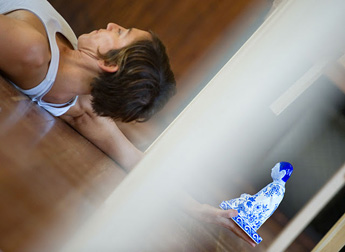
Rachael Lincoln in rehearsal for "Who's Hungry - Santa Monica," with Delft Buddha by Dan Hurlin Photo credit: Jeff Woodward
Posted on December 9th, 2011 No commentsMore info...
501 (see three) ARTS, Art, Entertainment, Events, Nonprofit org., Press Releases, Theater, Who's Hungry Santa Monica 501 (see three) ARTS, amy denio, Art, bunraku, CA, California, dan froot, dan hurlin, daniel corral, darius maino, Entertainment, experimental, Food Insecurity, highways performance space, hunger, LA, Los Angeles, mike flanagan, object theater, puppet, puppet theatre, puppetry, rachael lincoln, robert coughlin, santa monica, sheetal gandhi, tabletop puppet plays, Theater, theatre, United States, West Hollywood, Who's Hungry Santa Monica, zachary tolchinsky



